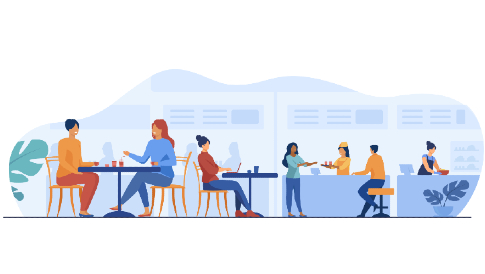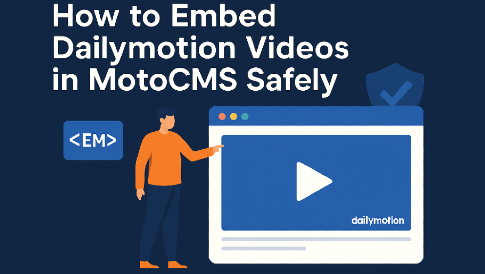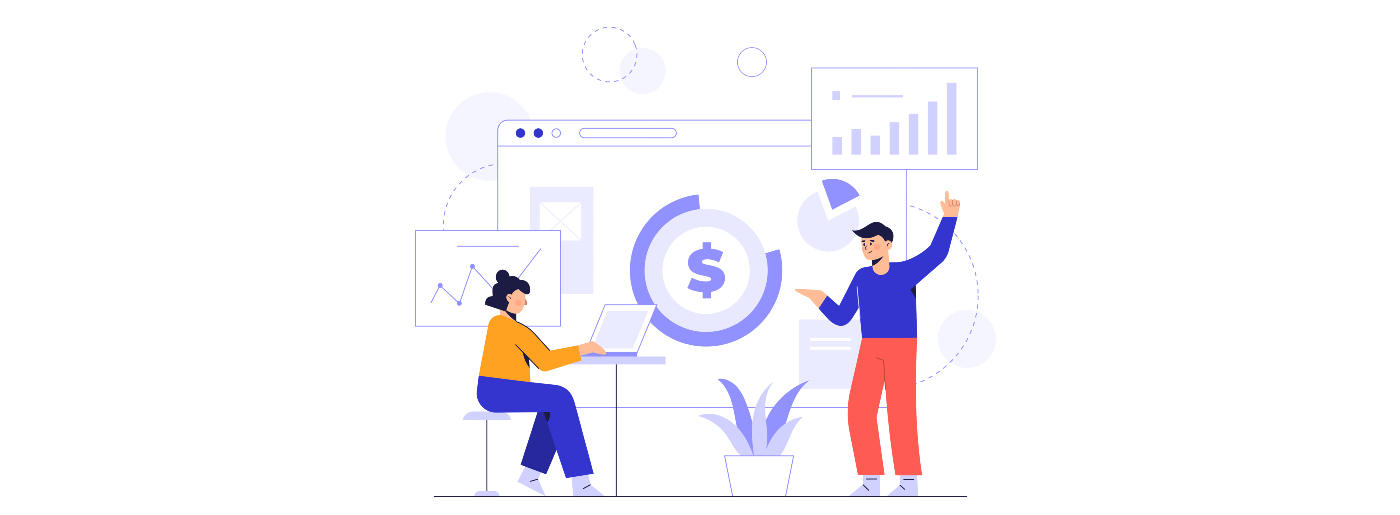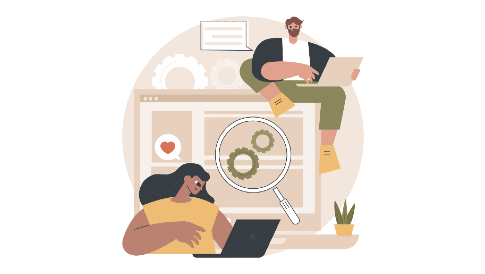6 Task Prioritization Tips When Designing a Website
If you have never created a website, you likely are not fully aware of how many things go into creating one. It is not as simple as buying a domain name, some web hosting, and a template. Many people start to build a website, whether for personal or business use, only to realize that even just getting a website ready to start customizing is a labor-intensive process if you don’t know what you are doing. Designing a website or a home renovation project requires planning and task management or you will find yourself wandering in circles, wasting time, and overwhelmed. Below are 6 task prioritization tips when designing a website.
Organization and Using Excel
The first step when building and designing a website should always be to make a roadmap of your tasks and then follow it. It is easy enough to make an Excel sheet to keep track of what you need to do next. Separate tasks into subtasks and so on and use color-coding if need be. If you have advanced Excel skills, you can use formulas and other Excel functions so that your different sheets communicate with one another as you complete certain tasks, update their status and move on to others.
Resources to help you improve your Excel knowledge are widely available and sites like Spreadsheet Planet, for example, do a great job of breaking down useful Excel skills in ways that are easy to follow and understand.
Designing a Website – Decide on Custom or Prefab
If you are building and designing a website, whether, for yourself or a client, the first decision you will need to make is must address whether you (or they) want to create the website from scratch, use a template that someone else has made, or use that same template and add or subtract from it as you see fit.
Depending on the website in question and what your goals are, you might need a completely custom site that is maximized for backend efficiency, and free of much of the superfluous or bulky coding that comes with prefab options; you might have specific demands from a client to use a specific WordPress template, or the best option might be to start with a predesigned structure and then build off of it.
According to web design experts, both form and functionality are important when it comes to building websites. You need to look at the functionalities of the website by taking a long-term view. If you feel that the requirements of the clients would require a lot of extra functionalities, it is best to go for custom web development company. Businesses do not invest in websites every six months. They need something that will take care of their requirements for at least two years. This is why putting in the thought and effort at the beginning of the project will prevent mistakes later on.
Build Your Core Content First
One thing you can and should always do when designing a website is to build your core content first. Then go onto the web building phase. This is especially helpful if your website is for business purposes, as having that core content up–the about, home, services, products, FAQ, contact pages–is important when you start to direct people to visit your website. You want them to be able to immediately engage with the site and use it to purchase your products and services. If you have your content already created in Microsoft Word or Google Docs, you can easily transfer it over to your WordPress site.
Keep in mind, however, that when you transfer content from Google Docs to WordPress, what often happens is that you get a bunch of formatting issues that result in extra code being added into your WordPress version. This can slow down your page and make for a worse user experience, potentially upping your bounce rate, losing the site traffic, and can even result in penalties from Google in the rankings. Luckily there are techniques you can use to help you successfully transfer content in a way that will get rid of most or all of these issues.
Take Care of Site Security First
Things like secure checkout and an SSL certificate are an essential part of creating trust and building a safe website. This is especially important for eCommerce, where people will be trusting you to handle and process sensitive credit cards and other information. These, however, are not the only security considerations when designing a website.
If you are building and designing using WordPress, for instance, you should also consider the wide range of security plugins that will help you protect your or your client’s site. These include ones such as Jetpack Security, Google Authenticator, Wordfence, All in One WP Security & Firewall, and various others that help secure your site against hackers. Cybercrime is way up and is only expected to increase as digitization continues to rapidly change how and where we communicate and do business.
Designing a Website – Purchase Your Images
Your content, whether core or blog, needs to be more than just a wall of text, you are going to want to include images in there as well, and perhaps some embedded video from YouTube and other sources. It is important to keep in mind that you are not always, and perhaps even very rarely, going to have all of the images and media that you need to create an appealing and stimulating site. You will often need to look to other sources on the web to buy photos, whether they are stock or from a professional photographer.
When you are designing your content, make sure you are thinking about which photos you would like to include as complements and allocate a certain number of photos per piece of content. You will also need to consider what your media budget is for each article, as stock photos on places like iStock and Shutterstock cost money, which can add up over time. You should also consider the fact that having too many images or other media in an article or on a service page can affect its load time.
Keyword Research
Most websites need a blog now for SEO purposes. It means you are going to want to spend some time researching the keywords you plan on ranking for before designing your content around them. Keyword research takes some time and effort. However, it will greatly improve your SEO efforts and, over the long run, give you much better ROI on the time you invest.
You will also want to make sure that you come up with a content publishing schedule that you stick to throughout the life of your business so that you are constantly building and improving upon your content in the eyes of Google and increasing your position in the SERPS.
Designing a Website – Conclusion
Approaching web building and web design haphazardly is a surefire way to waste time and money. A website, especially if it’s for a business, should be approached systematically, with a clear idea of the steps necessary to take it to life, what tools you will need to do that, and some form of organizational or task manager that helps you keep track of what you have already crossed off your list and what you have yet to accomplish. Keep the task prioritization tips in mind during your next project. Don’t be overwhelmed by the many tasks involved in getting a website off the ground.




Leave a Reply